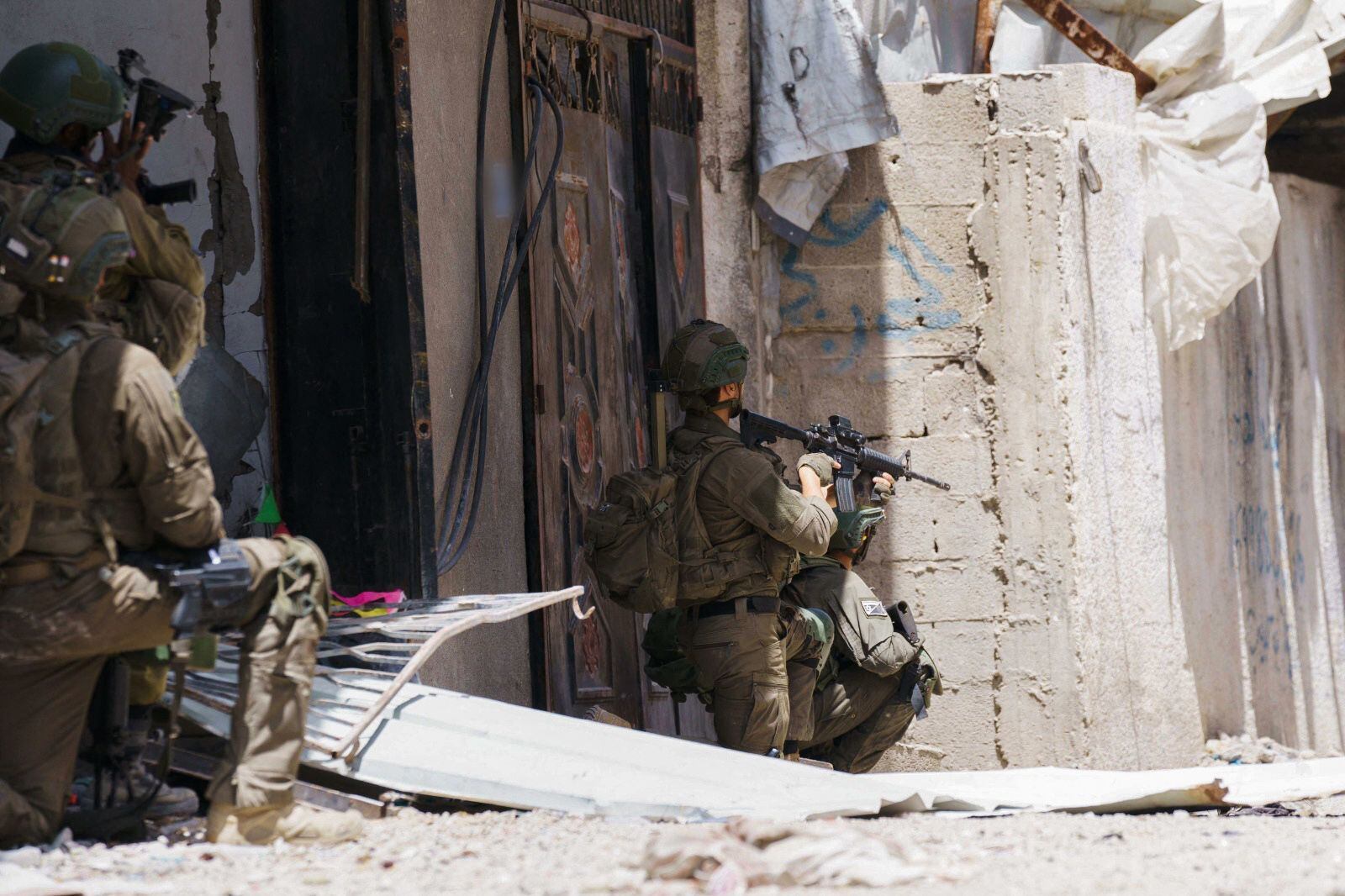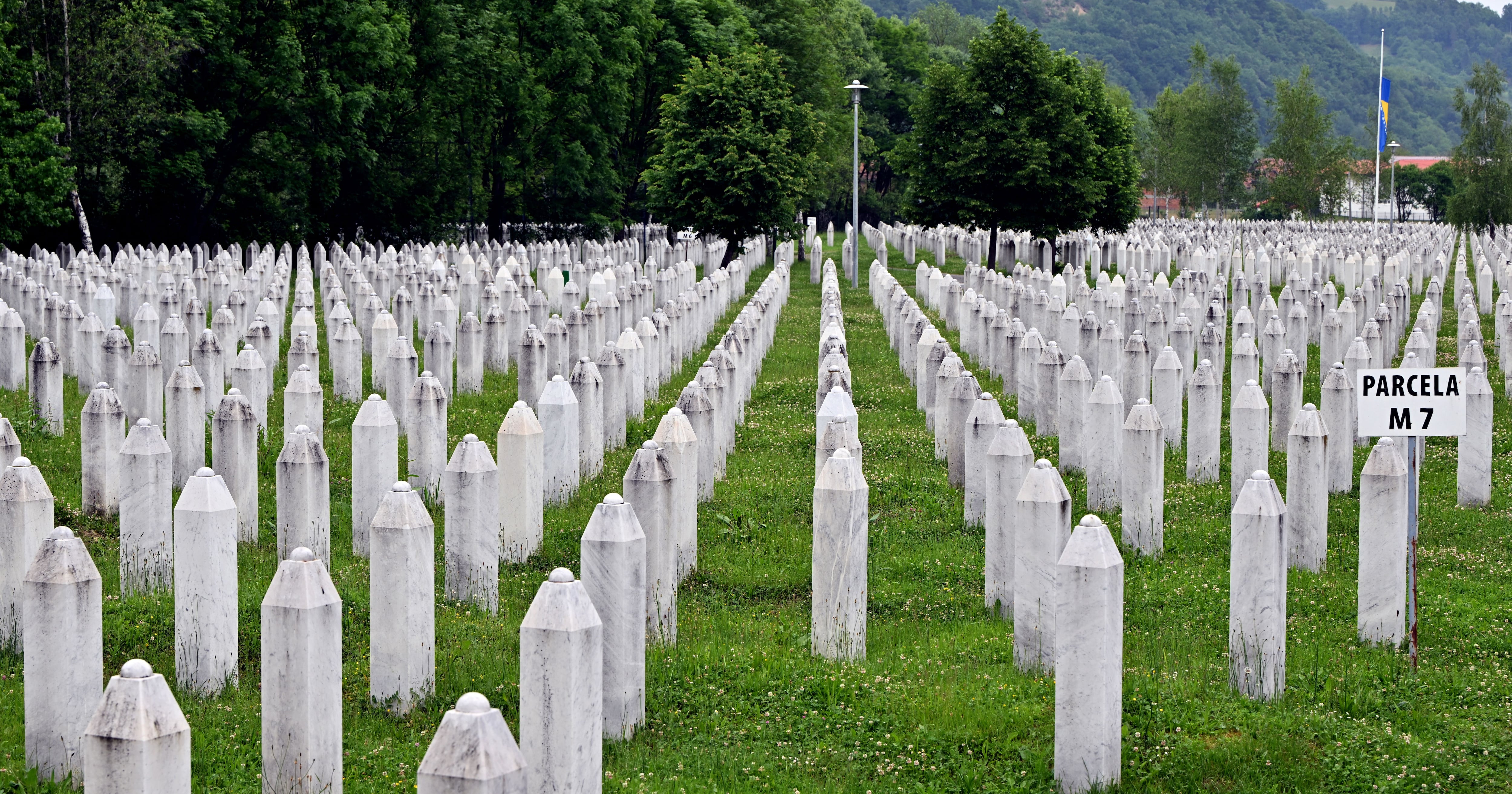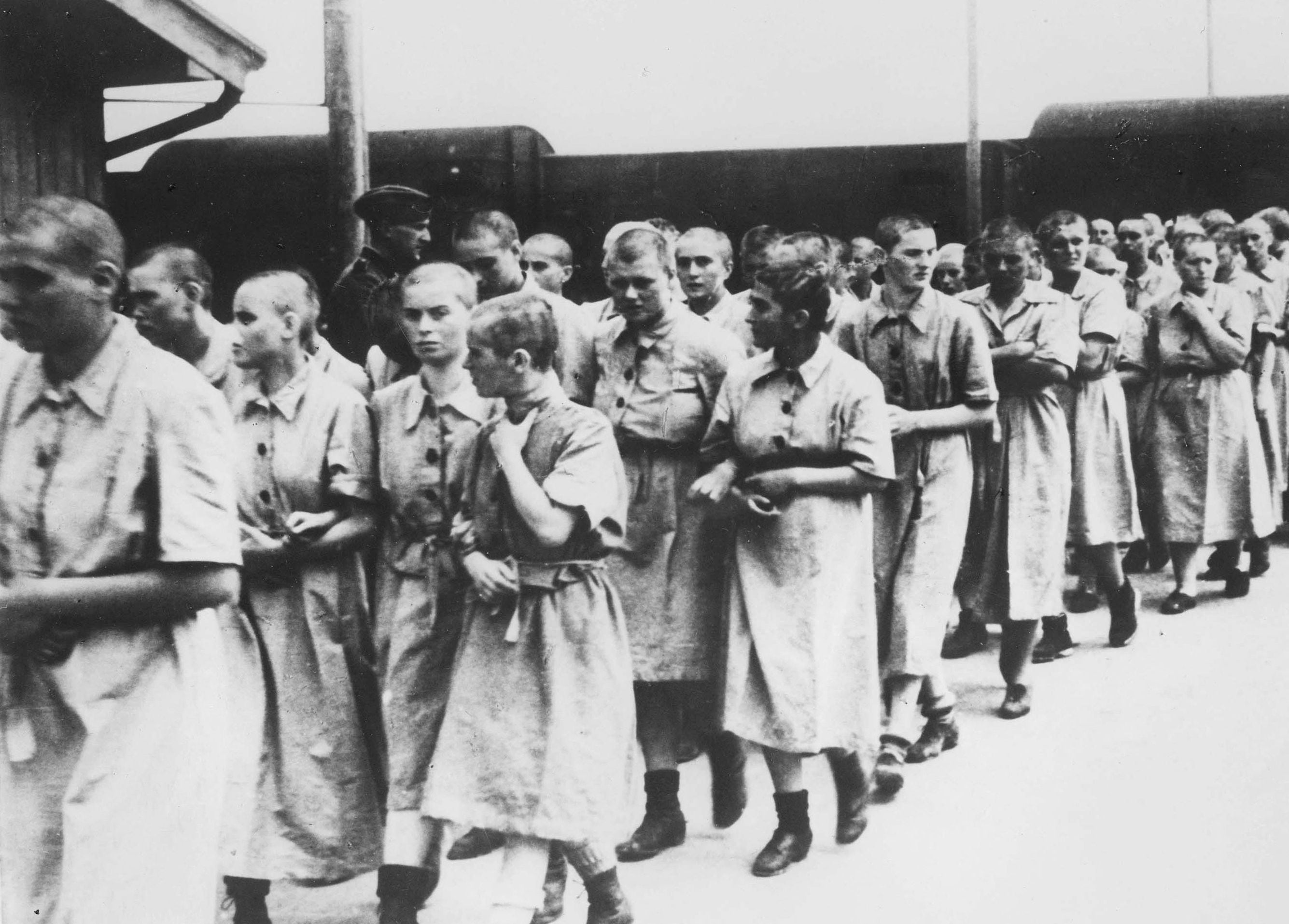This Friday, the 24th, a decision by the International Court of Justice (ICJ) required that Israel immediately stop its military offensive in Rafah, at the southern tip of the Gaza Strip. Linkas there is a risk of genocide, according to the UN’s highest court.
The order states that Israel must “immediately cease its military offensive and any other action in Rafah province that could impose living conditions on the Palestinian group in Gaza that could cause its total or partial physical destruction.”
LOOK: Ecuador decrees new state of exception: is it winning or losing the war against crime?
Israeli National Security Advisor Tzachi Hanegbil responded in a statement that “Israel has not carried out and will not carry out military operations in the area of Rafa that generate living conditions that can cause the destruction of the Palestinian civilian population, in whole or in part.”
But the order also states that Israel must implement the precautionary measures announced in January and March, which include stopping its army from committing acts of genocide against Palestinians in Gaza and stopping “blocking” humanitarian aid access to the Strip.
The decision was approved by a panel of 15 judges, with 13 votes in favor and two against. Now Israel must report within a month with all measures in place.

What is a genocide?
One of the most important documents to define genocide is the Convention on the Prevention and Punishment of the Crime of Genocide, signed in 1948, which states that they are “acts perpetrated with the intention of destroying, in whole or in part, “a national country” . ethnic, racial or religious group.”
Also in article 2 of the convention, the types of criminal acts are established:
a) Murder of group members.
b) Serious injuries to the physical or mental integrity of group members.
c) Intentional subjection of the group to conditions of existence that lead to its physical destruction, total or partial.
d) Measures aimed at preventing births within the group.
e) Forced transfer of children from the group to another group.
The warning from the International Court of Justice (ICJ) takes this situation into account, which is why it would have warned of the possibility of these crimes.

The term genocide was born after the horrific experience of the Jewish Holocaust at the hands of the Nazi government during World War II. It was the Polish lawyer Raphäel Lemkin who coined the word “genocide” in 1944 (geno= race or tribe and -cide= kill), given the lack of a term that defined the death of thousands of people.
Lemkin’s story was marked by tragedy. A BBC report indicates that the jurist was Jewish and that, faced with the Nazi threat in Poland, he was forced to flee. However, his parents were unable to do so and were murdered in the Auschwitz extermination camp. There he lost 49 relatives.
LOOK: “We are very sorry for every life lost due to war, but Israel must protect itself from terrorism”
Who can be convicted?
The specific convention that anyone can be sanctioned, whether government officials, officials or individuals. In this case, the crimes they may face are genocide, association to commit genocide, direct and public instigation to commit genocide, attempted genocide and complicity in genocide.
The document also establishes that those accused of genocide may be tried before a competent court in the state where the crime was committed.
They may also be prosecuted before an international court such as the ICJ, where the case against Israel is taking place, denounced by South Africa due to “genocidal intent” in the war that has lasted for more than seven years in Gaza. months.
With regard to sentences, the Convention also states in its Article V that the parties undertake to “establish effective criminal sanctions to punish persons guilty of genocide”. This is done in accordance with their respective Constitutions and laws.
Genocides in the 20th century
It’s not that genocide didn’t exist before, but it was after the Second World War that some legal parameters were established. The truth is that the murder of entire populations has been recorded at various times in human history and continues to occur. Below are some cases of genocide.
This is one of the cases that gave rise to the term genocide. This is generally the name given to the crimes that the Nazi Party in Germany committed against the Jews, through acts of persecution and murder, amidst propaganda that denigrates them. It is estimated that between 5 and 6 million people died from methods such as suffocation, poisonous gas, medical experiments, shooting, hanging, etc., carried out in concentration camps. Gypsies, Serbs, Jehovah’s Witnesses, homosexuals, etc. were also persecuted.


It occurred between 1915 and 1923, as a result of the First World War. The Ottoman Empire led persecution and extermination against the Armenian population in its territories. It is estimated that they caused the deaths of a million people. Among the methods used were rape, torture and marches that they were forced to carry out over hundreds of kilometers. This is yet another fact related to the origin of the genocide, as it was known by young Lemkin, according to a BBC report.
There is a term used for this: Holodomor, which translates as ‘hunger’. It was directed by Joseph Stalin against the populations that refused the expropriation processes. It was a method applied between 1932 and 1934 and would have caused the deaths of 4 million people. The extermination method was applied in the Soviet zone where Ukraine is located today. It was an isolation measure.
This is one of the last mass crimes of the last century. It happened in Srebrenica, Bosnia-Herzegovina. The AFP agency points out that this happened in July 1995, a few months before the end of the interethnic conflict that devastated Bosnia for three years. Bosnian Serb forces commanded by General Ratko Mladic took the town of Srebrenica. In the following days, around 8,000 Muslim men, adults and teenagers, were executed. The UN created this Thursday, the 23rd, the International Day of Commemoration of the Genocide of Srebrenica.
Source: Elcomercio
I am Jack Morton and I work in 24 News Recorder. I mostly cover world news and I have also authored 24 news recorder. I find this work highly interesting and it allows me to keep up with current events happening around the world.

:quality(75)/cloudfront-us-east-1.images.arcpublishing.com/elcomercio/DNHP3HJH4RESLEN7MFKTGH2ORI.jpg)





